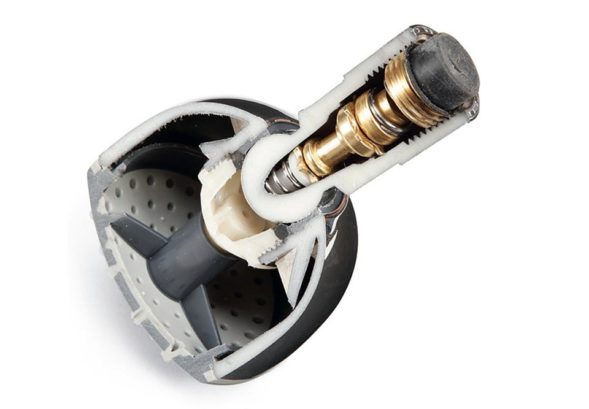This time in our ongoing Brooklyn plumbing fixtures series we discuss scald-proof shower heads. Pretty much everybody loves the luxury of a piping hot shower. Yet if the water coming out of your shower head suddenly becomes too hot, you could be at risk of scalding and severe burns. Fortunately, you can virtually eliminate this risk by installing special scald-proof shower heads and/or tub spouts. Also know as pressure balance or scald guard, read on to learn more about how these useful Brooklyn plumbing fixtures work.

The Problem
Scalding water is responsible for a lot more injuries than you might realize. In fact, according to the Burn Foundation, there are more than 500,000 scald burns each year in the United States. Younger children are especially vulnerable to injury from hot water. Yet once water temperature rises to 140 degrees Fahrenheit, just about anybody will end up with a third degree burn within seconds.
Scald-Proof Basics
Scald-proof shower heads, also known as thermostatic shower heads are the simplest way to ensure no one in your home will be injured by excessively hot water. They are especially important for those living in older homes. You see, most contemporary construction codes require anti-scald valves to be installed on bathroom plumbing pipes. But to retrofit an older home with these valves often involves tearing open walls and other invasive techniques.
The Technology
The good news is that scald-proof shower heads are as simple to install as regular shower heads. Not only that, but they contain basically the same type of anti-scald valve. These valves are designed to respond to excessive water temperature. When dangerously hot water is detected, the mechanism inside of the valve automatically closes, thus restricting the flow of water.
If you would like more information about Brooklyn plumbing fixtures and protecting your family from water-related burns, feel free to contact the pros at Aladdin Plumbing. They will be able to help assess your particular needs, ensuring that you end up with the optimum level of water safety.
